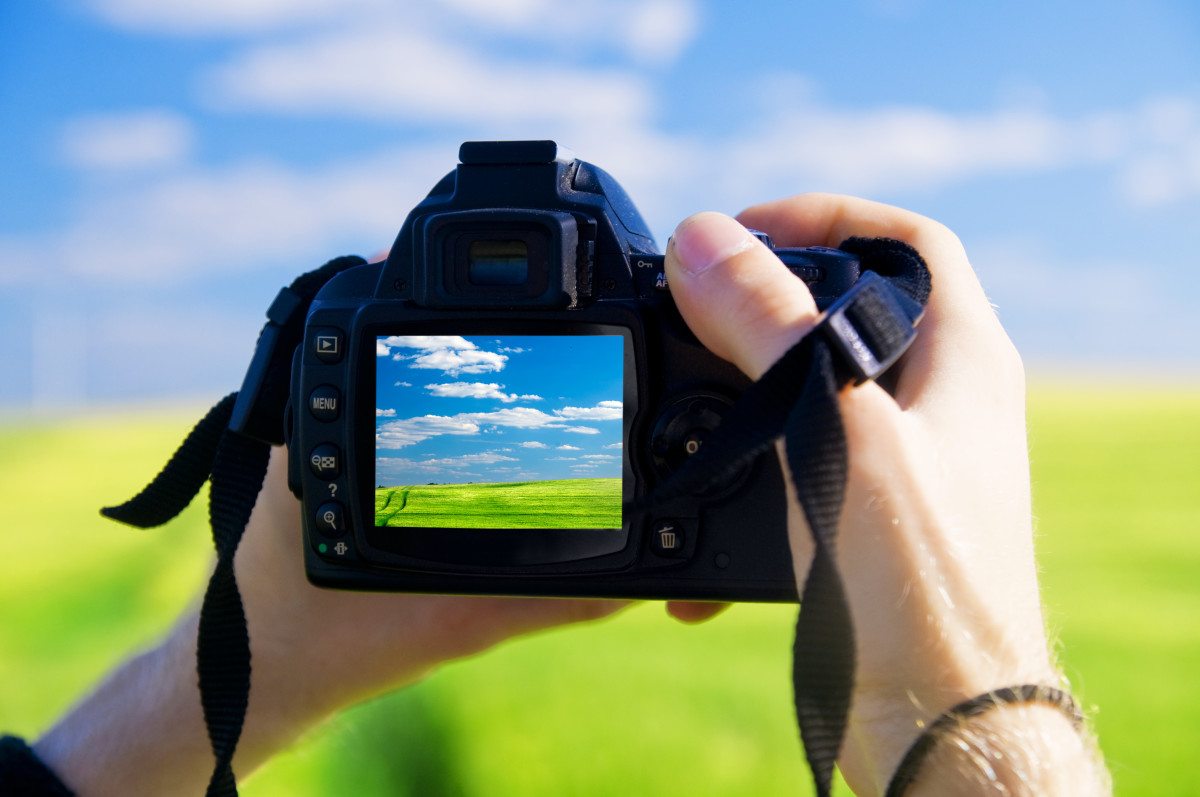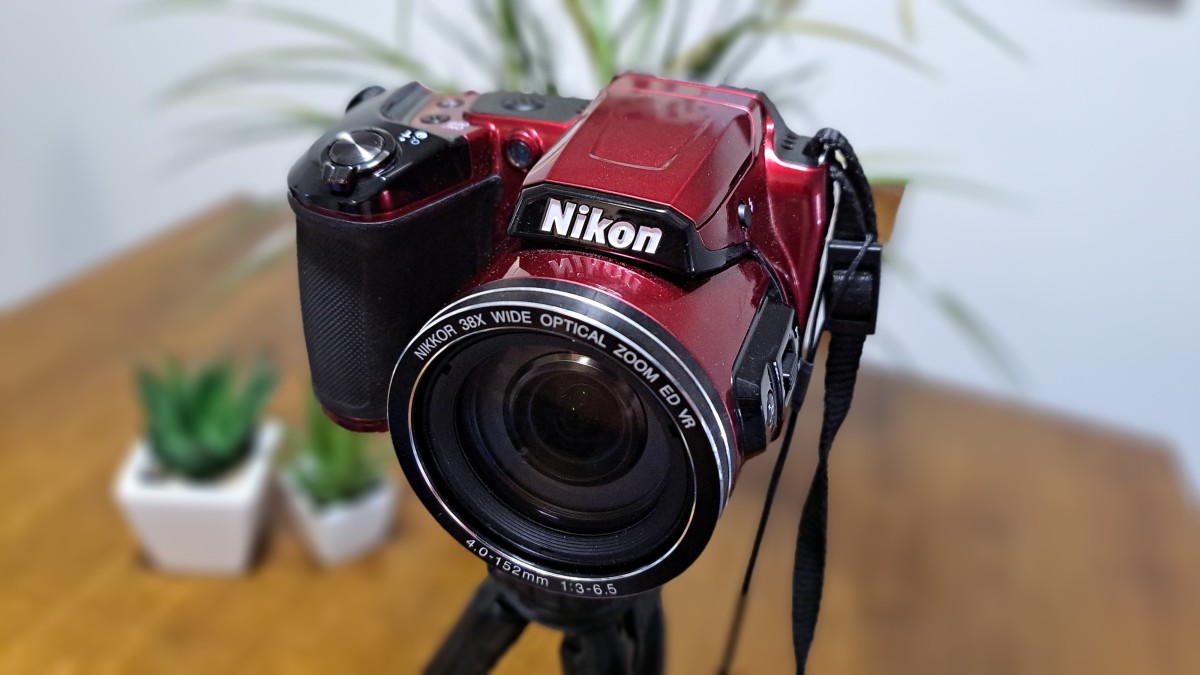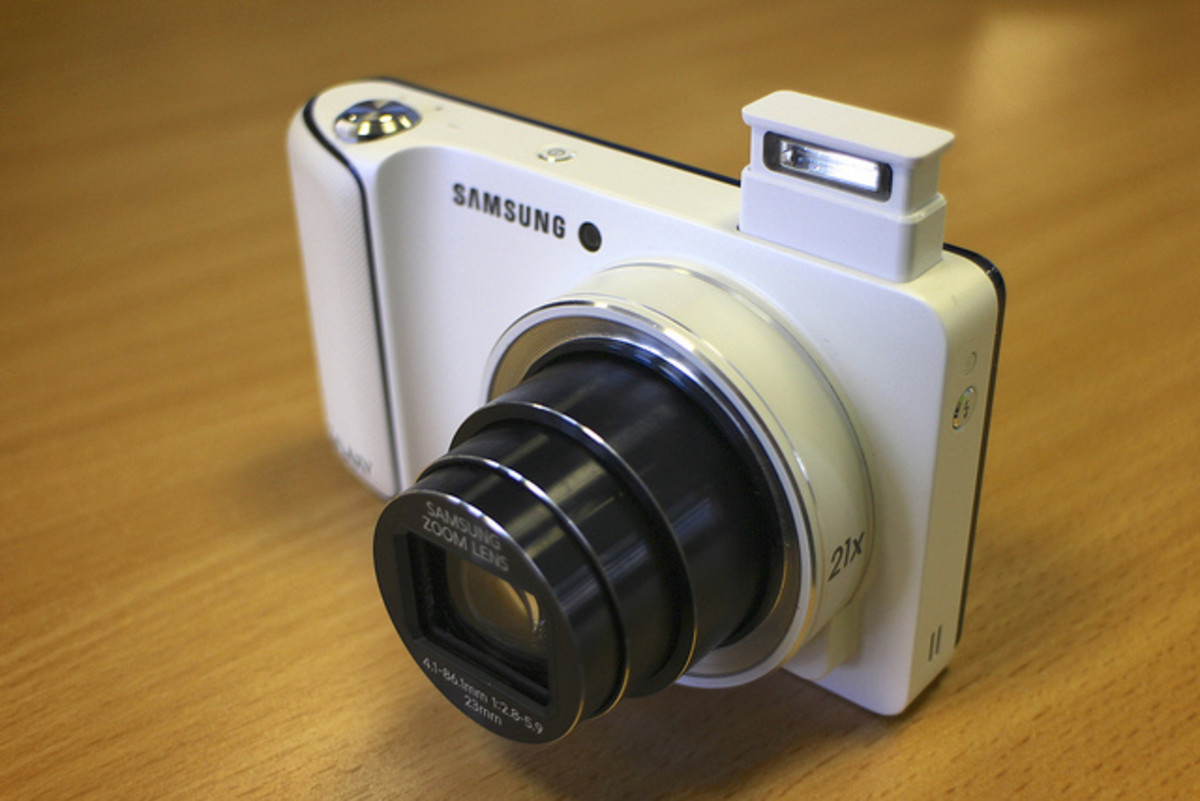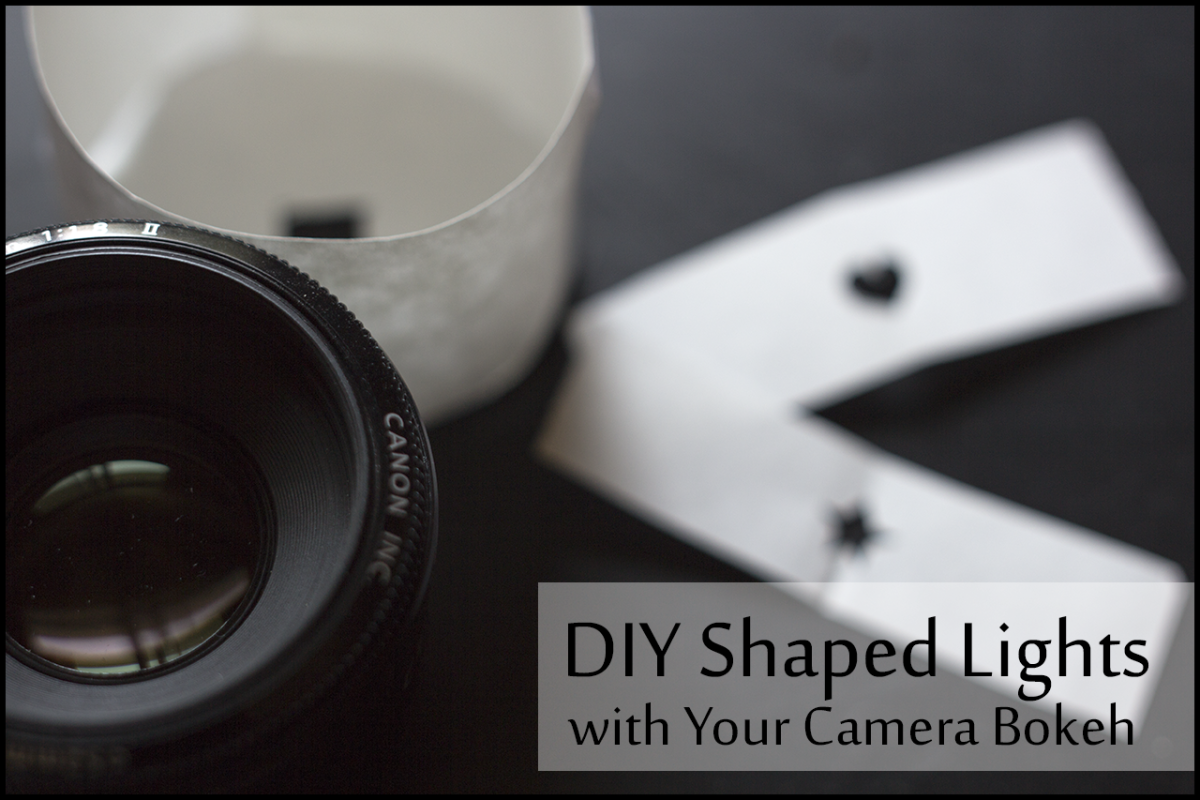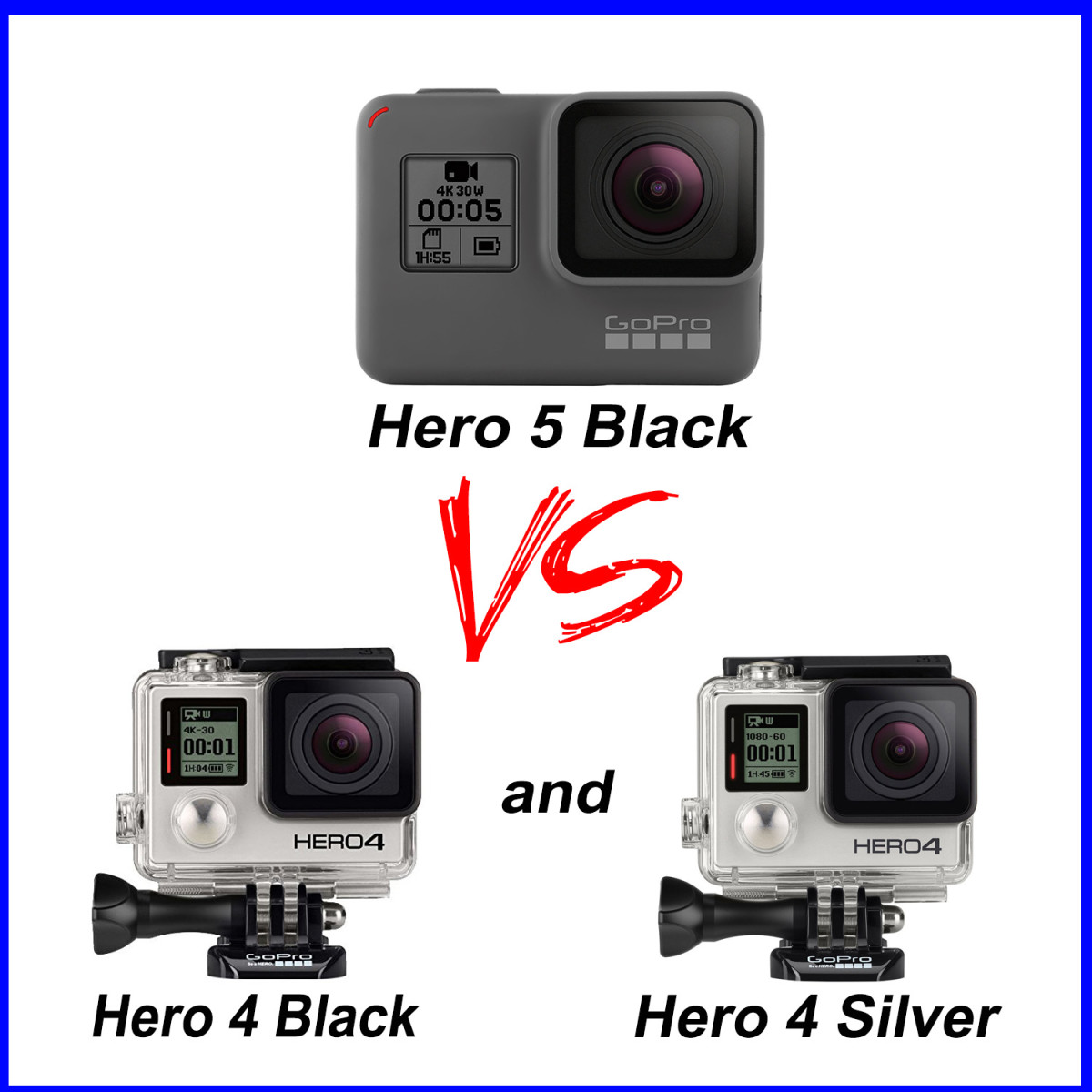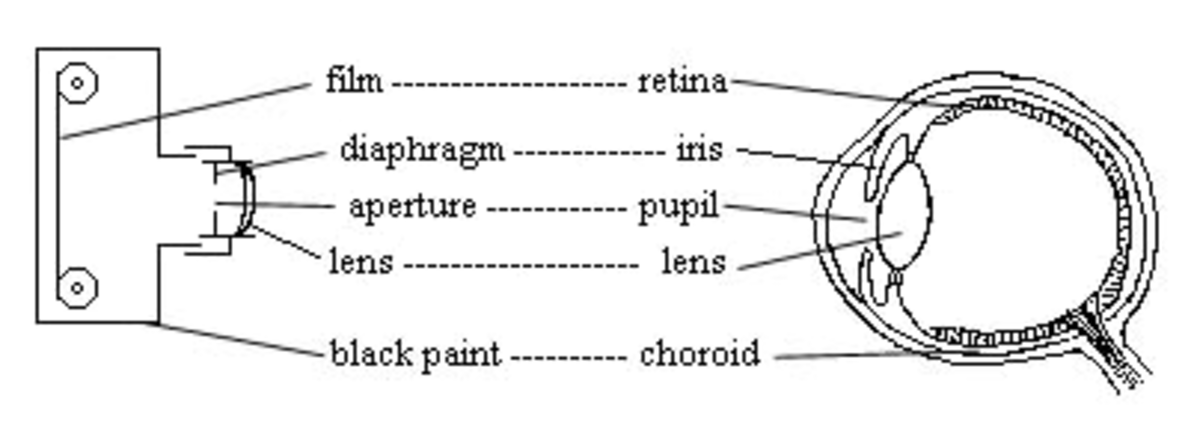- HubPages»
- Technology»
- Consumer Electronics & Personal Gadgets»
- Portable Electronics
How to choose best digital camera to buy
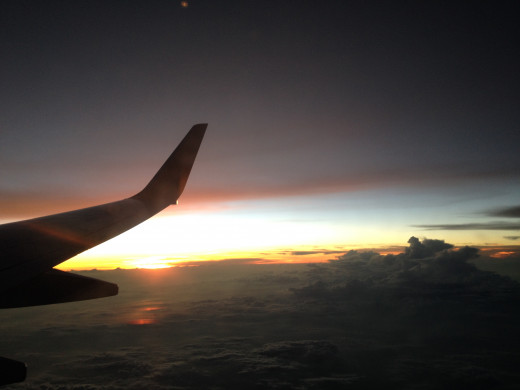
Holidays are incomplete without photos
With mobile phones becoming popular, all of us have a built-in camera in our pockets. So taking pictures has become easier. Every traveler now is a photographer.
But is the mobile camera good enough for taking pictures on vacation? If we have spent thousands of dollars on planning our dream vacation, it makes sense to carry a professional camera so we can capture those precious moments in their full glory.
So, which is the right camera gear to carry on vacation?
It will largely depend on where you are going and what you intend to do. Let's look at what camera equipment we must carry while on holiday.
Should I buy a compact camera?
Before we get into the details of DSLR, one quick point about compact cameras. The usual point-and-shoot cameras are compact, easy to carry and don't require advanced knowledge of photography. These make for good travel companion. However, they offer less flexibility if you are looking to influence your pictures with lighting, ISO, shutter speed and aperture.
The new generation of mobile phones come with really powerful cameras, with good lens and high megapixel output. If you don't want to invest in a full-fledged DSLR camera, then buy a mobile phone with good camera like Nokia Lumia 1520 which has a 20 megapixel camera.
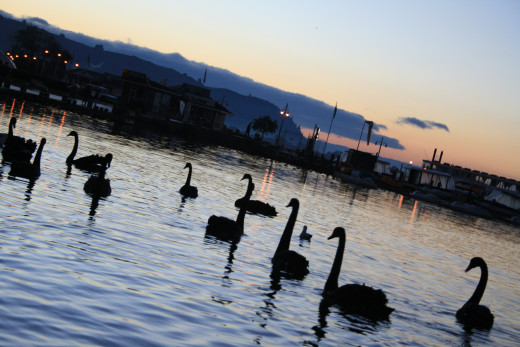
Beaches
If you are going to the beaches, then you need to take a waterproof camera with you. Also, beaches offer lovely photographic opportunities for landscape photography. For this, you will need your macro lens with you. Because beaches are usually characterized by strong sun reflecting in the water, you will be better off carrying a CPL filter with you. This will help in lowering the glare, and as an added bonus, the saturation of the blue sky and water will be richer. Your friends would love the blue texture in the pictures. (By the way, a recent study of the most popular Instagram photos revealed that pictures with a prominent blue color in them were the most popular photos on Instagram.)
Mountains and hills
If you are going to be doing mountaineering, you would want to carry your macro lens for landscape photography. Depending on your interest, you can leave out the telephoto lens, so that your backpack is not too heavy. Landscape pictures benefit a lot from tripod, since windy locations can cause a hand-held camera to produce blurry pictures. Make sure you pick up a light tripod so that you are not getting bogged down by the gear.
Architecture
When you are in the city, capturing details is the name of the game, especially if you are fond of old architecture like the amazing historic buildings in Paris, or Mughal monuments of the 14th century in New Delhi.
This is where I would recommend the standard 18-55mm lens. Since you are in the city, it won't be too much of a hassle to also carry your telephoto lens - the 70-200m lens for capturing close-ups of street people without being seen as an obtrusive tourist.
If you have the budget, you can even buy a "parallel shift" lens, so that the lines don't look like they are merging when you are looking up at a high-rise building or a large architectural monument.
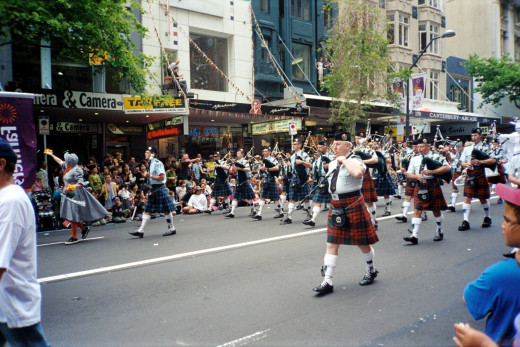
Wildlife
When out in the wild, you need a lens that's really fast. It's amazing how much difference a fast lens can make, especially if it is a telephoto lens.
Because animals are unpredictable and fast, you will need to take pictures with a handheld camera. Tripod may not be very practical.
Also, for close up of small birds you will need a good telephoto lens, preferably with image stabilizer. These lenses, while expensive, are worth the money spent on them.
Snowy locations
The cold temperatures pose the challenge of keeping the camera gear the batteries warm - not to mention the need to keep your hands warm.
For this purpose, here's a handy tip I learned from professional photographers. Boil a couple of potatoes and wrap them in silver foil. Put these potatoes in the pockets of your jeans. These potatoes can remain warm even in freezing temperature. They can help you keep your hands warm, as well keep batteries warm. After a tiring shoot in the snow, just peel the potatoes and eat them. Quick snack.
Concerts and night life
If your vacation is likely to involve attending a concert, or a lot of night-time activity, then you should invest in a good flash.
As much as I hate to use flash, because it spoils the natural mood, I know from experience that concerts can not be photographed without a good flash.
So get yourself a good flash and use it for night-time photography. Having said that, I have a suggestion. Try to switch off the flash and take some pictures of your favorite rock star. This serves two things - you will be able to capture the mood of the night. Some pictures actually look better when they are not in sharp focus. Second, you may find that there are some spots in the auditorium that are conducive to good photography without the use of flash.
Also, night life is usually challenging to photograph because of the darkness that comes with it. This is where ISO settings are useful. If your camera allows higher ISOs, use those settings, so that you can get good pictures even in dark surroundings. Some cameras offer settings of ISO as high as 6400. Remember though, that higher ISO also brings some grain and noise with it. But if you don't any other option (like slower shutter speed, bigger aperture), then ISO is a good option. So pick up a camera that offers higher ISO settings.
What equipment to carry on vacation
Occasion
| Equipment
| Avoid
|
|---|---|---|
City, architecture
| Macro lens, telephoto lens, tripod
| Flash
|
Nightlife
| Camera with high ISO setting, external flash
| Tripod
|
Beach
| Waterproof body, CPL filter
| DSLR if you are going under water
|
Which camera you use on vacation?
Which camera do you usually use on vacation?
Some must-carry gear for every vacation
OK, now that you have figured out your needs for your vacation, here's a list of gear you must carry with you no matter where you are going. From personal experience, I believe a holiday is worth a holiday if you have the pictures to prove it. Because it's the memories that will last you a lifetime and remind you of the lovely time you spent on that well-deserved holiday.
So here we go:
1. Spare batteries: You must carry at least one spare battery. Two spare batteries will be better. When you start shooting, you don't realise how soon the batteries run out. This is especially true if you are using:
1. a lot of flash,
2. slow shutter speed,
3. multiple bursts for sports photography.
Make sure you have at least two batteries and both the batteries are fully charged before you leave.
2. Travel adapter: This one sounds obvious, but I have had trips where I have forgotten to carry the power adapter, only to find myself in a remote village with no shops to buy the adapter from.
3. Spare memory card: With the prices of memory cards, SD cards, falling sharply, buying a few spare SD cards should cut a hole in your pocket. Often, when you are outdoors, you won't have the time to empty your current memory card, or worse still, your laptop may not have enough battery to be able to download the photos. Simply remove full memory card, and replace it with an empty one. Just remember to download the images from the card to your computer. Some memory cards are prone to get damaged when they come in contact with a magnetic strip like a credit card.
Final word
Holidays are re-lived many times when we go through old photos of our vacation, when we show it to our friends.
But let's not forget to "live" the moment while we are still in it.
Take some time to put the camera down, and breathe in the fresh air at the beach, take in the sounds of music at the concert, or enjoy to lunch at our favorite restaurant in downtown.





